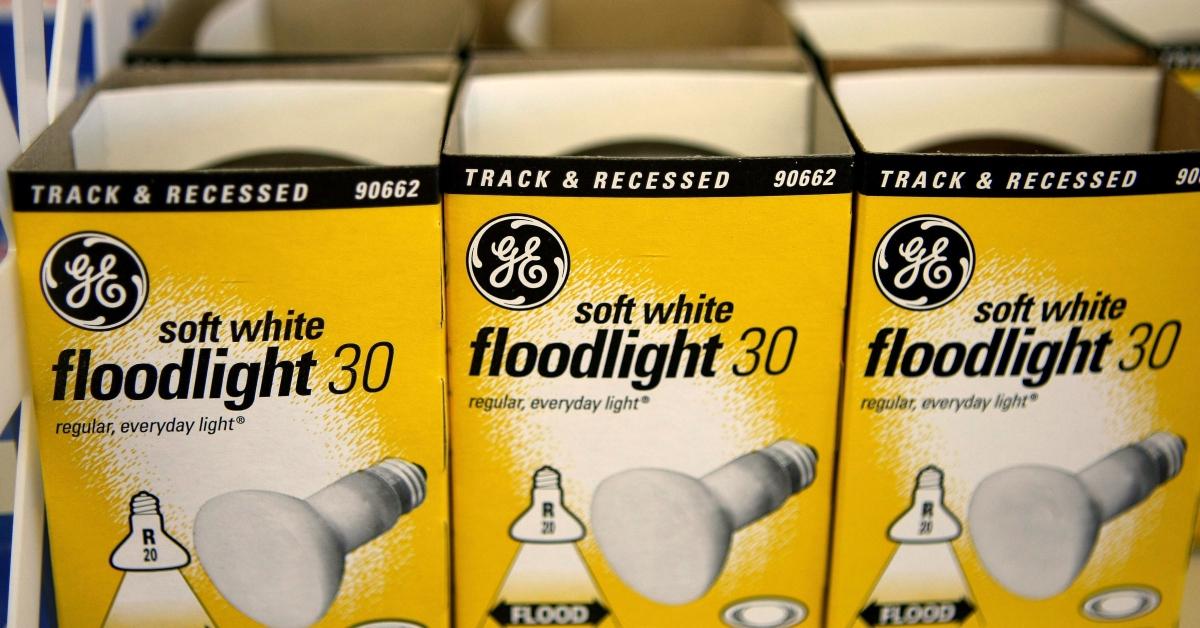How Reverse Stock Splits Work and Why Companies Do Them
The reverse stock split is a tactic that public companies use to boost their value by reducing the number of outstanding shares without reducing the value.
Aug. 2 2021, Published 11:52 a.m. ET

General Electric (GE) shareholders might have been surprised on Aug. 2 to see that the value of their stock in the company multiplied eight times over what it was last week, but they have fewer shares to show for it.
A 1-for-8 reverse stock split for GE shares went into effect July 30, which means that the company cut the number of outstanding shares without reducing their overall value.
Why a company would do a reverse stock split
The reverse stock split is a tactic that public companies like GE use to boost their value by reducing the number of outstanding shares without reducing the value. Many times, it’s done to avoid having the stock prices fall below the minimum required to list on a public exchange. Another reason for a reverse split stock is to avoid being classified as a penny stock, which the SEC views as stocks below $5 per share.

For GE, the stocks weren’t close to penny stock value, but the $12.95 per share price that GE closed on July 30 was below what the company felt was a good representation of its value. On Aug. 2, after the reverse stock split, GE shares were trading at around $104 per share.
“The reverse stock split will better align GE’s number of shares outstanding with companies of our size and scope. It also marks another step in GE’s transformation to be a more focused, simpler, stronger high-tech industrial company, ” GE Senior Vice President and Chief Financial Officer Carolina Dybeck Happe said in a statement filed with the SEC.
Does that mean GE shareholders just made a boatload of money overnight? No.
How a reverse stock split works
Although the share value went up, shareholders had fewer shares than they did on July 30. In the GE reverse stock split, the number of outstanding shares went from 8.8 billion to 1.1 billion. Shareholders got one share for every eight they currently have, but the overall value of the shares remained the same.
In other words, if a GE shareholder had eight shares priced at $12.95 per share at a total value of $103.60 on July 30, on Aug. 2, they would have just one share, but the total value would be the same at $103.60
Is a reverse stock split a good thing?
In some cases, a reverse stock split is a red flag that the company might have financial issues, but that isn't true in all cases. If the company takes the opportunity to improve its operations and projected earnings, then its share prices could remain at the higher price.
However, if the company’s problems before the split continue, then the stock prices could keep declining.
How to profit from a reverse stock split
It’s hard to say if you will be able to profit from a reverse stock split. Your share price might have increased, but you have fewer shares, so your investment value stays the same. Since the reverse stock split could be a sign of financial struggles in the company, investors could lose in the long run.
